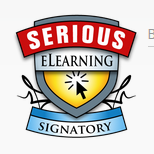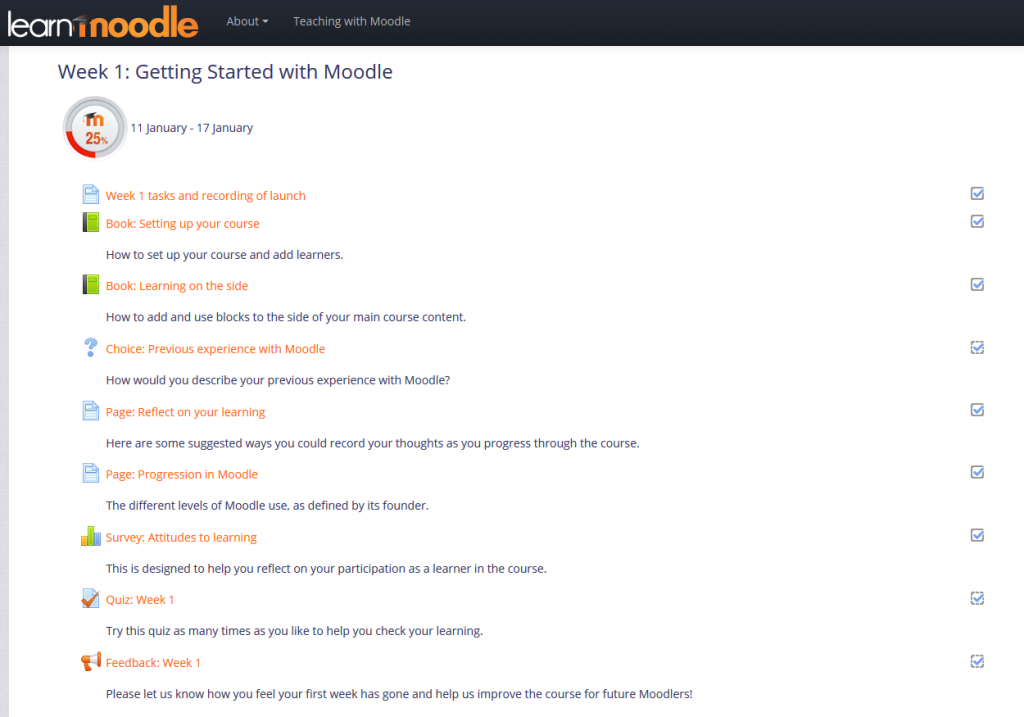For all the promise of digital badges, the fact that they still can’t easily be displayed and shared is a significant failing.
If we look at three of the four main types of digital badges that I have discussed recently – accredited, work skills and community – it seems reasonable to assume that a key function of these badges is a visual representation of a badge earner’s skills, achievements and participation in their field of interest.
While there is going to be a measure of personal satisfaction for the badge earner in simply having any of these badges, the ability to share these badges and let the world know who you are and what you can do seems like a vital feature.
Following from this, you would reasonably assume that sharing these badges in your online footprint would be a matter of a couple of clicks. Given the ubiquity of options to easily share every other aspect of our lives online, from where we are to how quickly we ran to get there, it doesn’t strike me that this is a technological issue.
Obviously some aspects of this are outside the control of badge systems such as Mozilla Open Badges, Credly and the like. Ideally – and this is something that I have been telling my teachers for some time now in the process of trying to sell them on badges – platforms like LinkedIn will add fields that make adding badges to your profile simple. At the very least however, it should be a simple thing to get html embed code from the Open Badges backpack that allows us to add our badges directly to any website or service that supports this function.
As it stands, the best we can do currently is add a link to a badge collection – like cavemen from 2009 had to do. Until adding a badge to your digital profile becomes as simple as tweeting or adding something to Tumblr, breaking through with badges is going to be a struggle.
But maybe I’ve missed something – is there an easier or better way?



